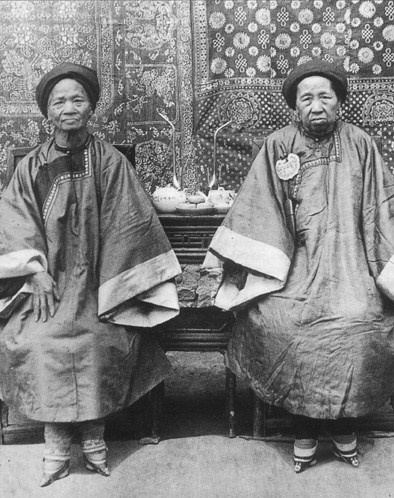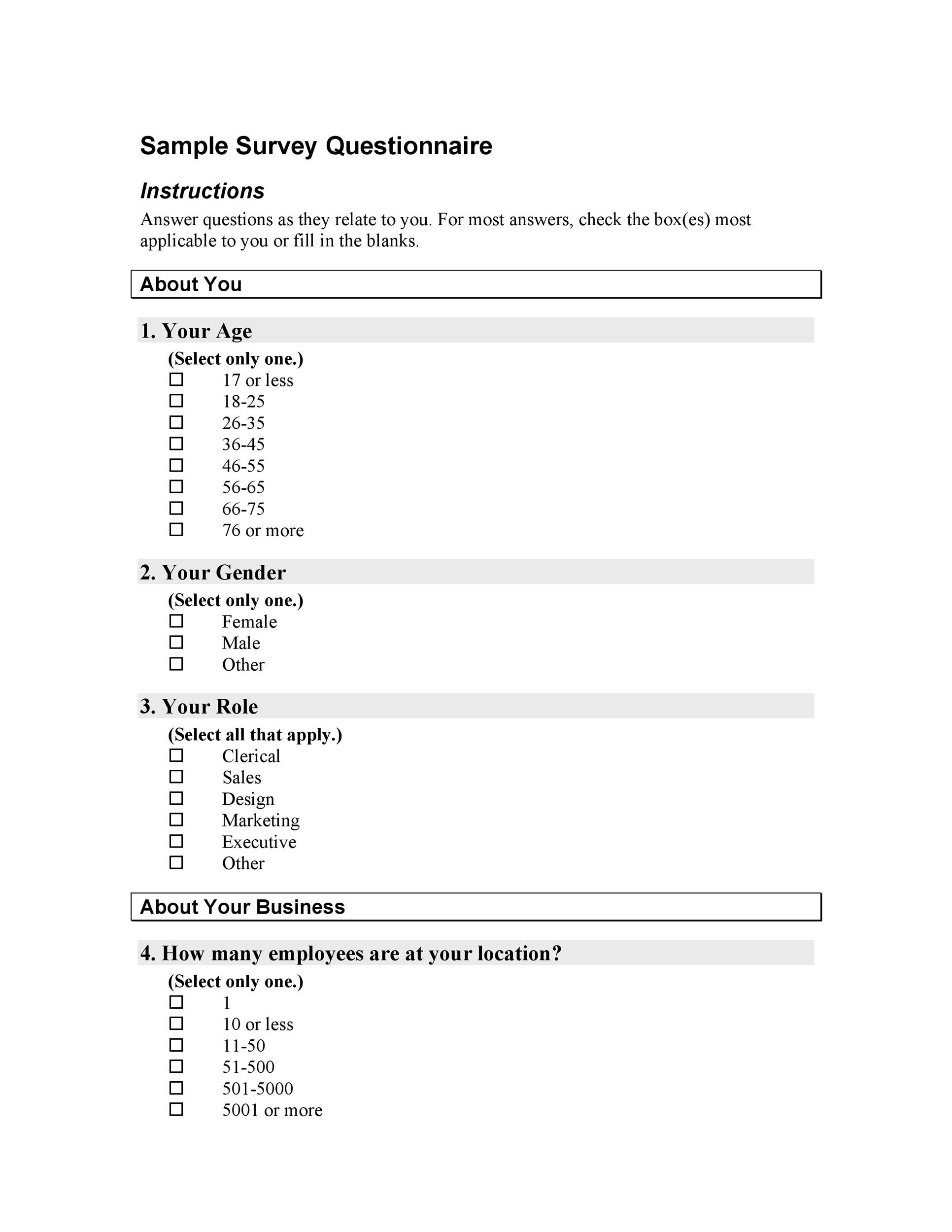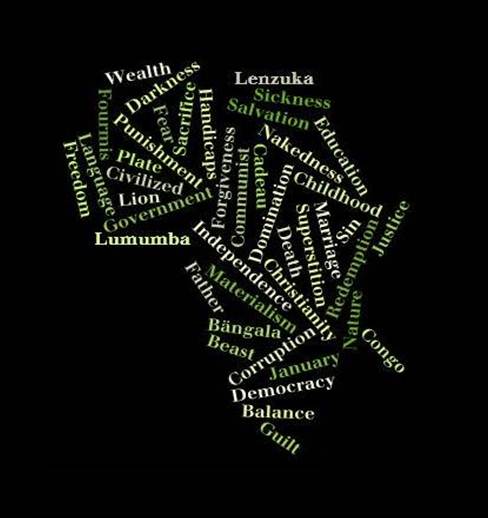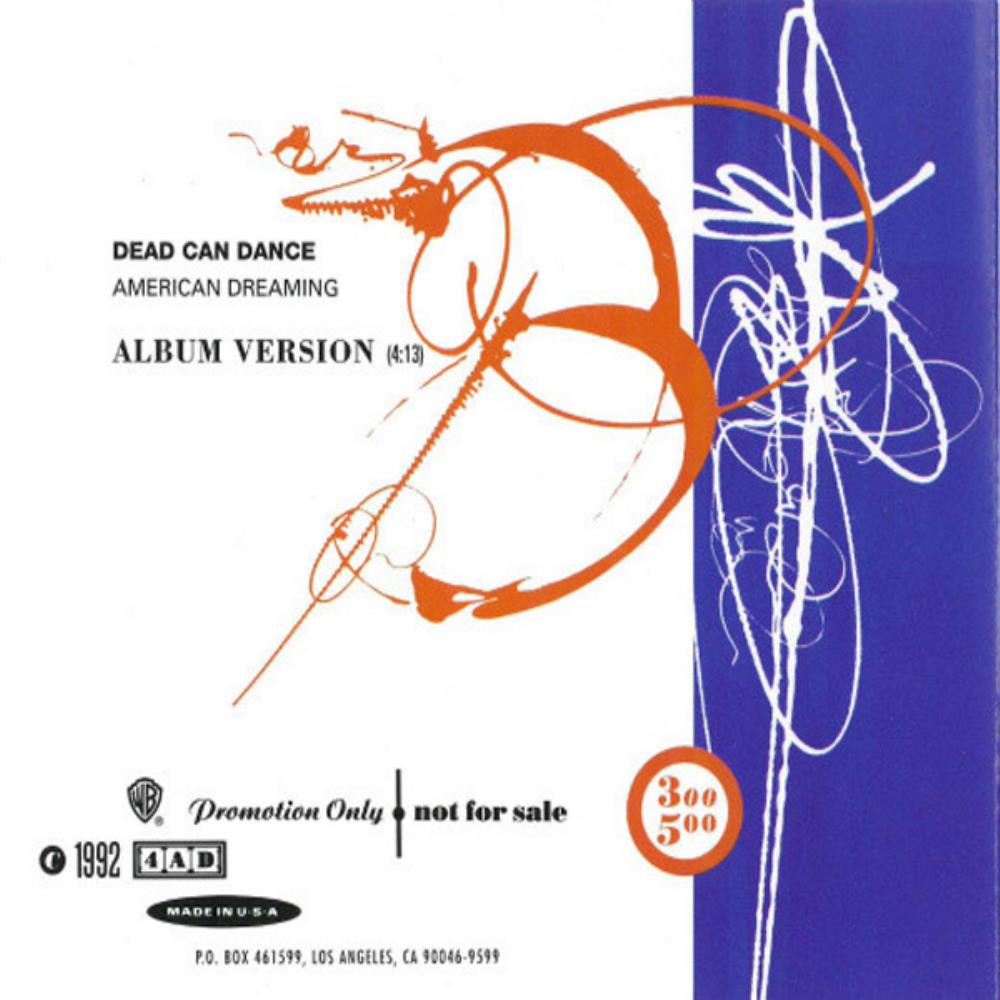SparkNotes: Reaction Kinetics: Rate Laws: Determining the.
By measuring the initial rate (the rate near reaction time zero) for a series of reactions with varying concentrations, we can deduce to what power the rate depends on the concentration of each reagent. For example, let's use the method of initial rates to determine the rate law for the following reaction.Rate law: An equation relating the rate of a chemical reaction to the concentrations or partial pressures of the reactants. The rate law for a chemical reaction is an equation that relates the reaction rate with the concentrations or partial pressures of the reactants.The rate law is a mathematical relationship obtained by comparing reaction rates with reactant concentrations. The reaction order is the sum of the concentration term exponents in a rate law equation. A reaction’s rate law may be determined by the initial rates method.
The rate law can be determined by the method of initial rates. In this method, the experiment is performed multiple times, only changing the concentration of one reactant for each run while keeping other variables constant. The rate of the reaction is measured for each run to determine the order of each reactant in the rate law.A rate law describes the behavior of a reaction. The rate of a reaction is a function of temperature (through the rate constant) and concentration.

Chemical Kinetics Chemical kinetics is the study of the speed at which chemical and physical processes take place. In a chemical reaction it is the amount of product that forms in a given interval of time or it can be defined as the amount of reactant that disappears in a given interval of time.. Integrated Form of the Rate Law. If the rate.












